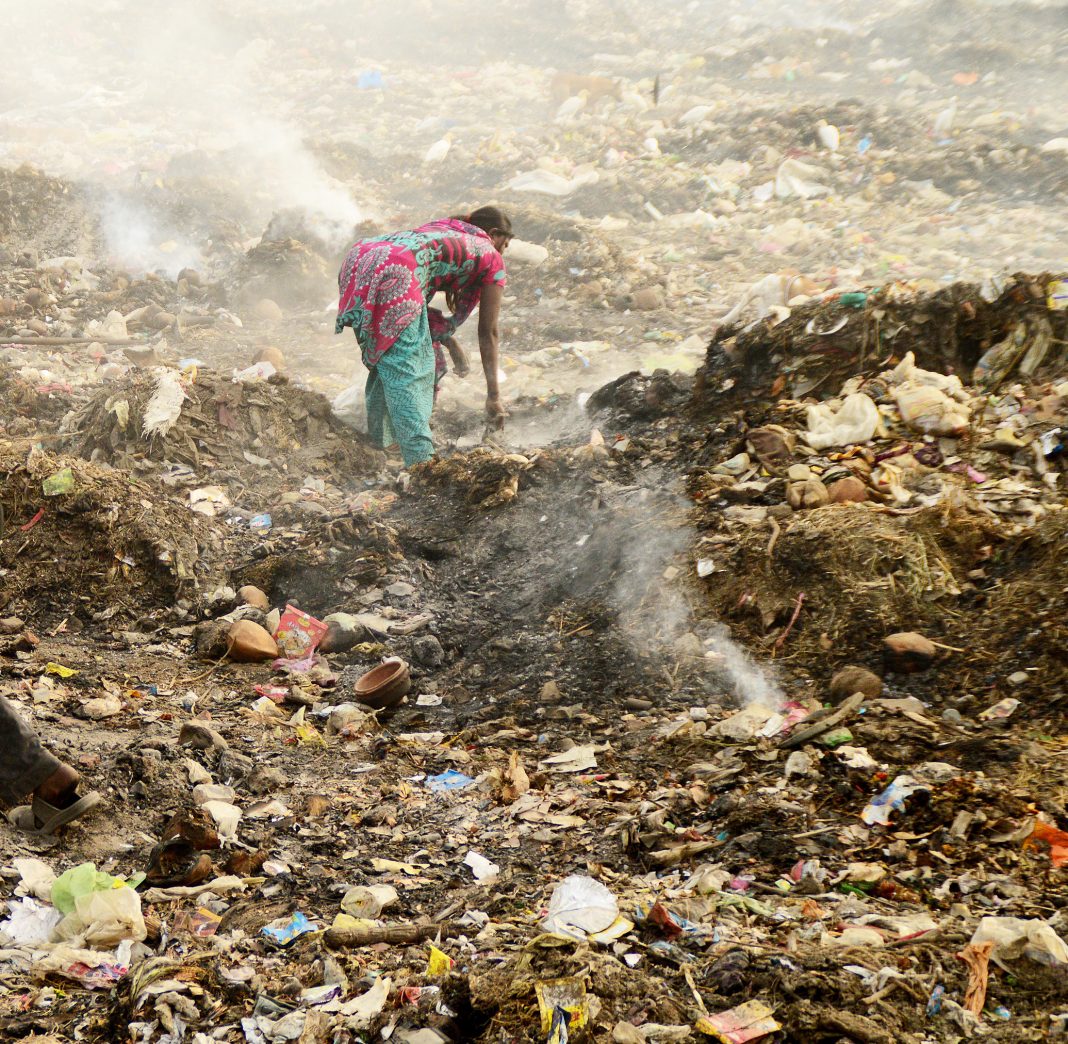Article extracted from Asian Diver Issue 02/2020 (155)
The production of plastic increased at an exponential rate, from 2.3 million tonnes in 1950 to 450 million tonnes by the end of 2015. This rate of production is expected to rise.
In Asia, urgent action against plastic waste needs to be taken. Some 70 to 80 percent of the region’s trash ends up in the ocean – most of it being plastic. South Asia alone produces a shocking 334 million tonnes of waste each year. By one estimate, 55 to 60 percent of plastic waste in the oceans comes from just five countries – all of which are in Asia.
In March 2019, at the United Nations Environment Assembly in Nairobi, Kenya, 170 countries pledged to drastically reduce their use of plastic by the year 2030.
Let’s explore the distribution of single-use plastic waste around the world today.
INDIA
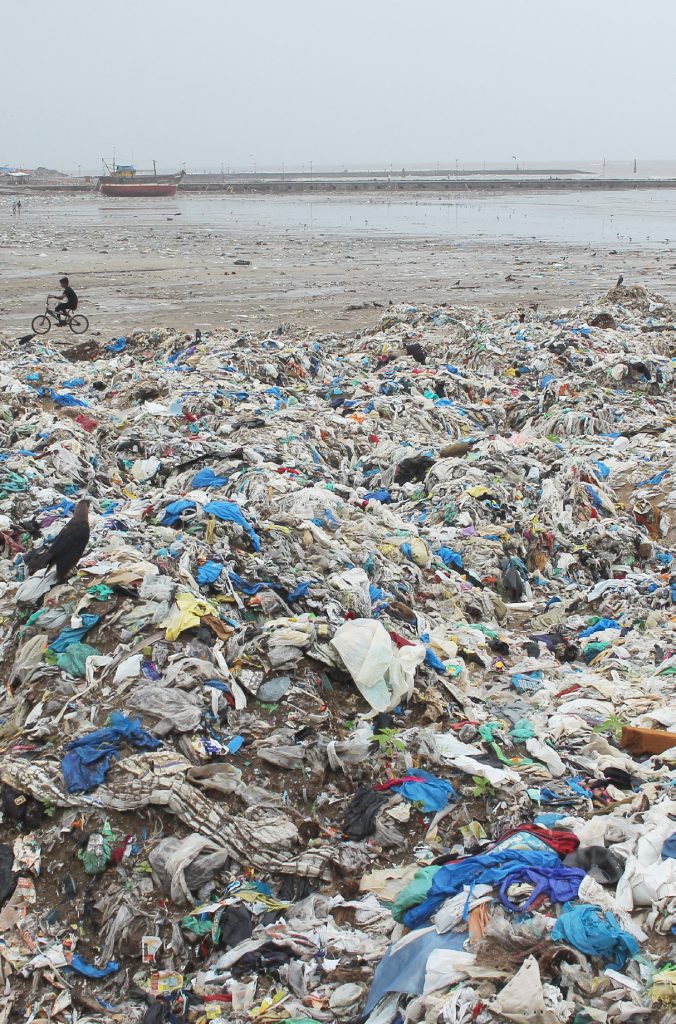
Population: 1.34 billion
Plastic waste: 9.46 million tonnes per year
In 2017, the National Green Tribunal (NGT) introduced a ban on disposable plastics for the capital, Delhi, that includes plastic bags, cups, and cutlery. Enforcing the ban has proven difficult, however, with the National Capital Region still generating thousands of tonnes of plastic garbage daily.
In September 2019, in the 14th session of the Conference of the Parties to the United Nations Convention to Combat Desertification (COP14), Indian Prime Minister Narendra Modi said: “India will put an end to single-use plastic in the coming years. I believe the time has come for even the world to say good-bye to single-use plastic.” In the country’s boldest measure yet, a nationwide ban on six plastic items – plastic bags, cups, plates, small bottles, straws and certain types of sachets – was to begin on October 2, the birth anniversary of Mahatma Gandhi. In his speech on the anniversary, however, Modi changed the blanket ban to a “phase out” of single-use plastics by 2022.
The state of Sikkim pioneered a total ban on plastics much earlier than the rest of the country. Awareness of plastic pollution has been ingrained in their early education system as well. Apart from Sikkim, 22 other states and Union Territories have implemented similar bans on single-use plastic items.
These include: Madhya Pradesh, Uttar Pradesh, Uttrakhand, Jammu and Kashmir, Andhra Pradesh, Arunachal Pradesh, Assam, Goa, Gujarat, Odisha, Tamil Nadu and more.
BANGLADESH
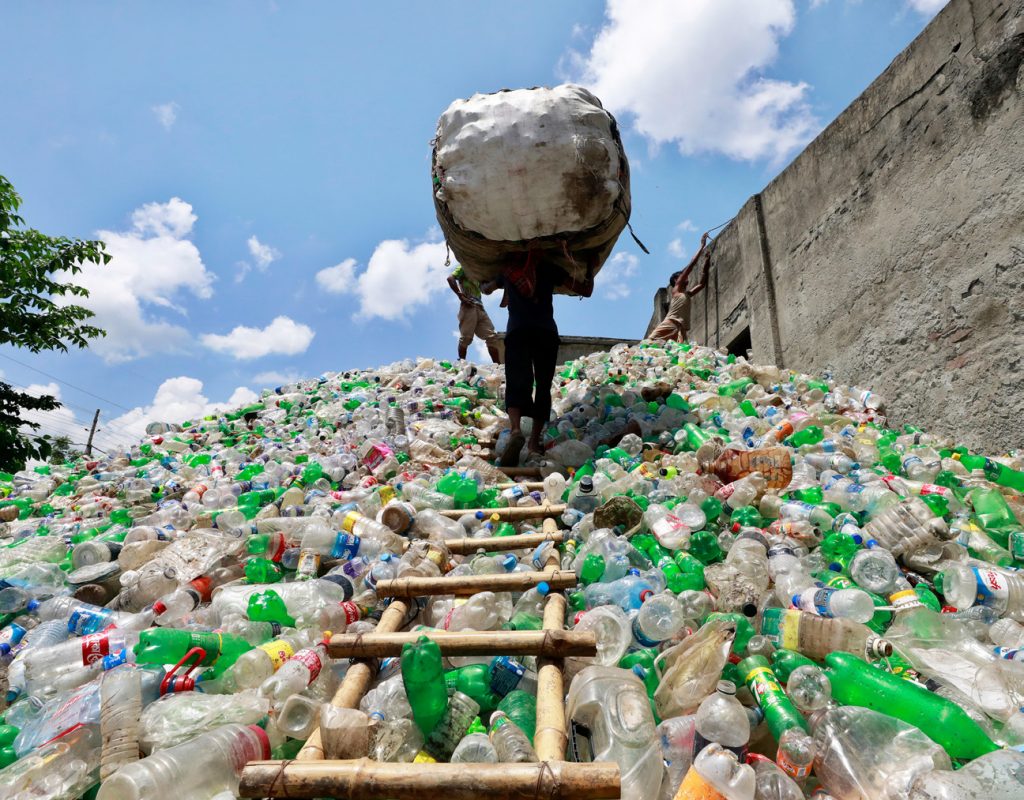
Population: 164.7 million
Plastic waste: 87,000 tonnes per year
After discovering clogged drainage systems amidst disastrous floods in the late 1980s and 1990s, Bangladesh became the first country to ban thin plastics in 2002. Plastic bags had become a hatchery for mosquitos, leading to the spread of deadly diseases like malaria and dengue fever. The enforcement of this ban, however, has been erratic. After 2006, Bangladesh’s control over plastic-using culprits weakened, with the country’s mobile plastic courts diminishing and fines being ignored.
A 2019 study conducted by Waste Concern in collaboration with the Bangladeshi Department of Environment found that per capita annual consumption of plastic in the capital Dhaka rose from 5.56kg in 2005 to 17.24kg in 2017. The research also concluded that 39 percent of plastic waste is dumped in landfills, 36 percent is recycled in the informal sector, and the remaining 25 percent seeps into the environment, ultimately finding its way into the Bay of Bengal.
BHUTAN

Population: 807,610
Plastic waste: 0.5 kilograms per person
Plastics make up around 13 percent of Bhutan’s waste. Waste Prevention Management Regulation amendment of 2012 and 2016 pushed their agenda.
CHINA
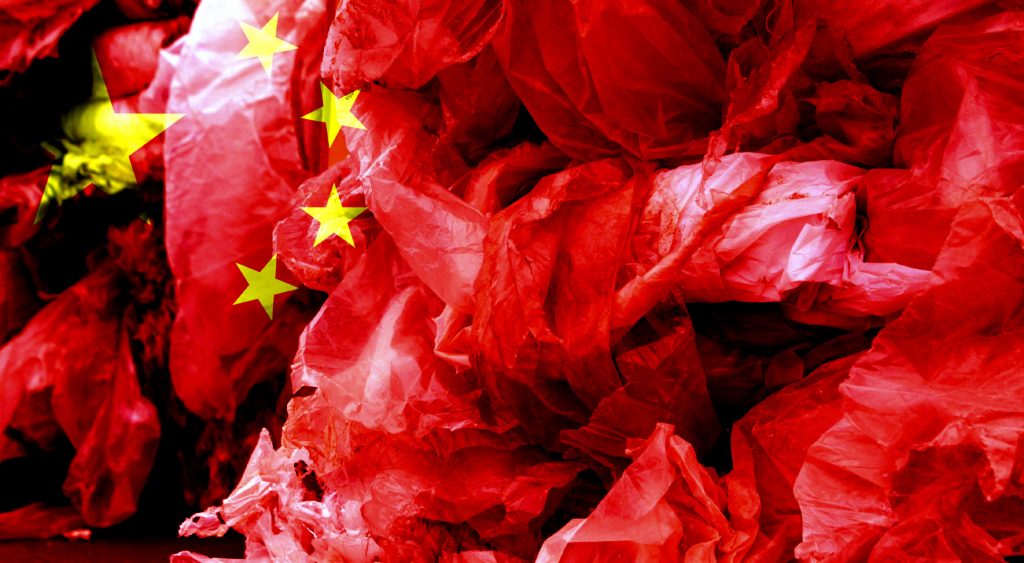
Population: 1.39 billion
Plastic waste: 60 million tonnes per year (2010 figure)
Between 1992 and 2017, China imported 45 percent of the planet’s plastic waste, over 100 million tonnes. The vast majority, almost 90 percent, is made up of single-use food packaging, the top exporters being the US, Germany and Japan. Then, in early 2018, China began banning the import of solid waste, including single-use plastics, upending a USD200 billion global recycling industry. Since then, recyclers in Indonesia, Thailand, Vietnam and Malaysia have been overwhelmed by the sheer volume of plastic scrap that China once dealt with, and as a consequence much of it has ended up in landfill or in the oceans.
China has been struggling for years to tackle the huge volumes of rubbish the country itself generates. China’s largest dump, Jiangcungou landfill in Shaanxi Province, which is roughly the size of 100 football fields, is already full – a quarter of a century earlier than planned.
In early 2020, a proposal was announced by the Chinese government to ban single-use and nondegradable plastic bags in major Chinese cities by the end of 2020 and around the country by 2022. In addition, the restaurant industry must reduce the use of single-use plastic items by 30 percent, while hotels must not offer free single-use plastic items by 2025.
MALAYSIA
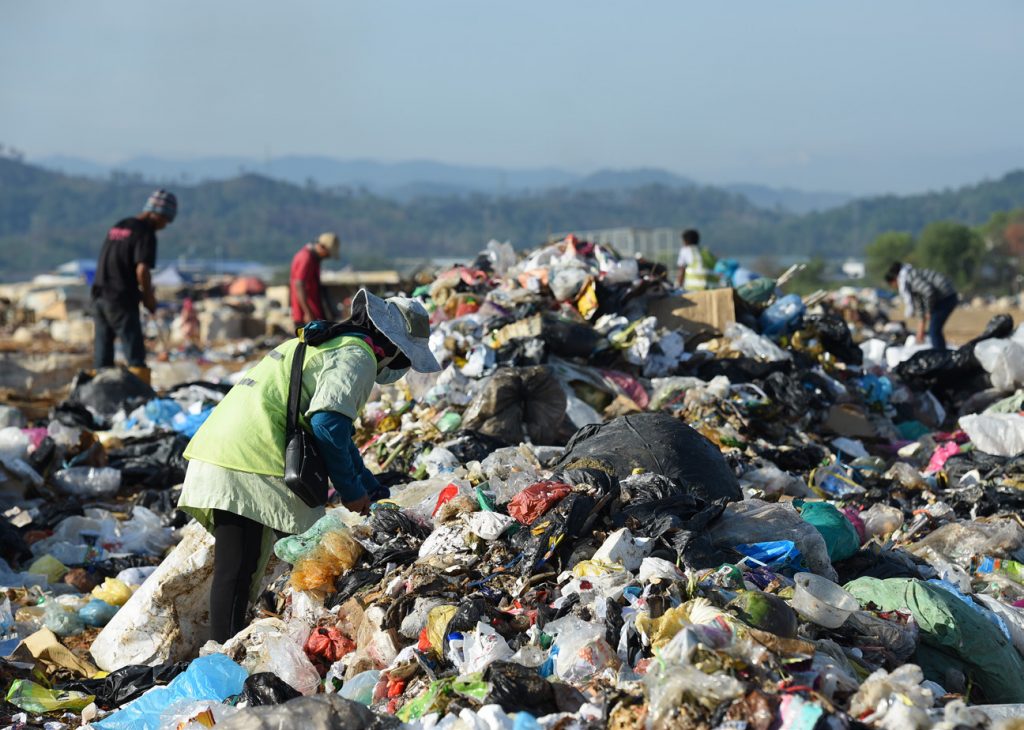
Population: 31.6 million
Plastic waste: 2 million tonnes per year
Malaysia banned the use of nonbiodegradable plastics in the form of food containers and plastic bags in its Federal Territories of Kuala Lumpur, Putrajaya and Labuan. Yeo Bee Yin, Malaysia’s Minister of Energy, Technology, Science, Climate change and Environment stated that “China’s ban on plastic waste has actually opened up the eyes of Malaysia and many other countries.” Inspired by the Chinese, the new Malaysian government announced in October 2018 that it too will be banning the import of plastic scraps and cracking down on factories that process waste illegally.
JAPAN

Population: 126.8 million
Plastic waste: 9 million tonnes per year
In 2020 Japan is planning to install more collection boxes for plastic waste all over the country, promoting cleanup campaigns on beaches and in rivers, and increasing efforts to develop biodegradable packaging materials.
Stay tuned for Part II, where we will bring you more countries and their initiatives to curb plastic pollution!


